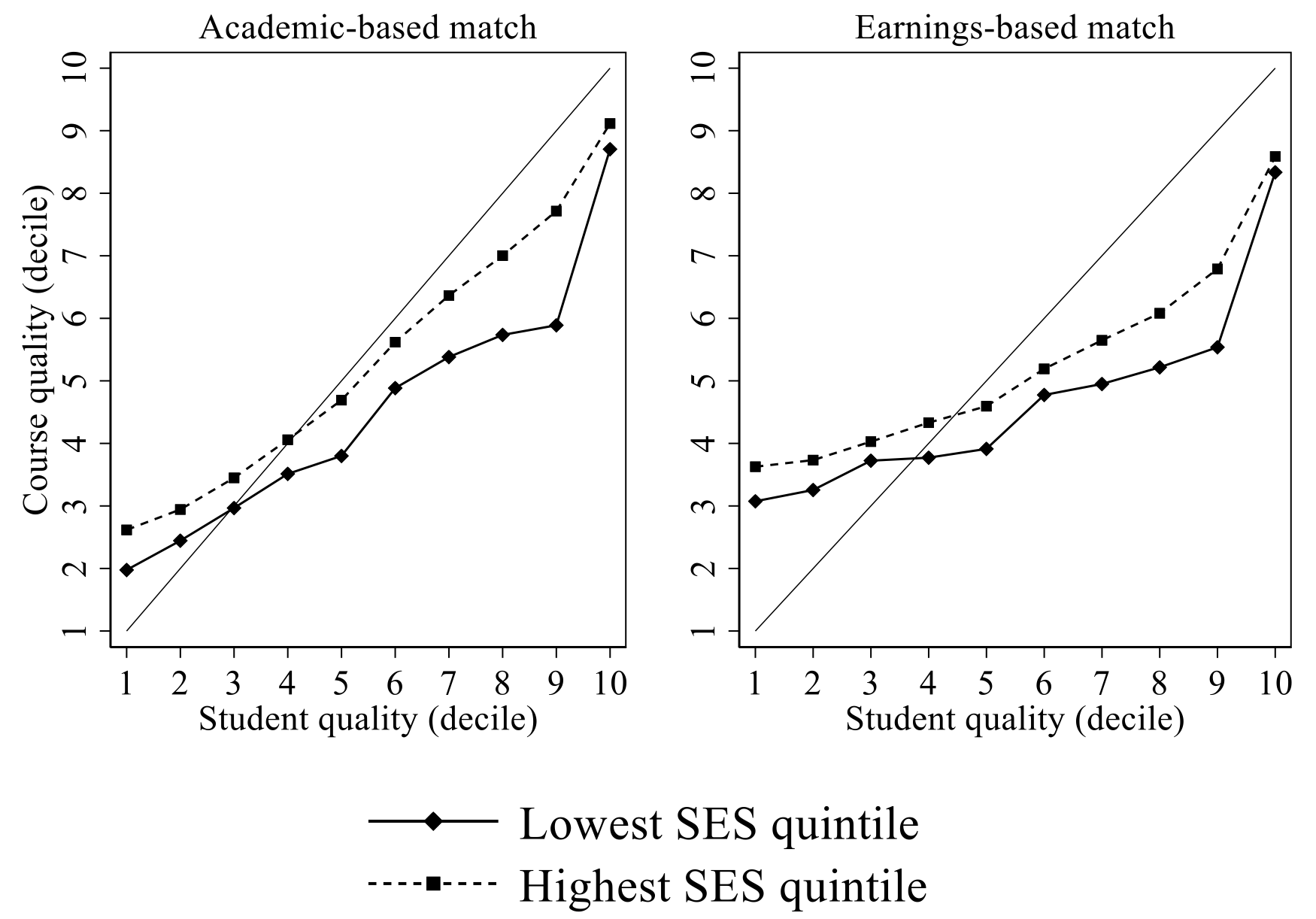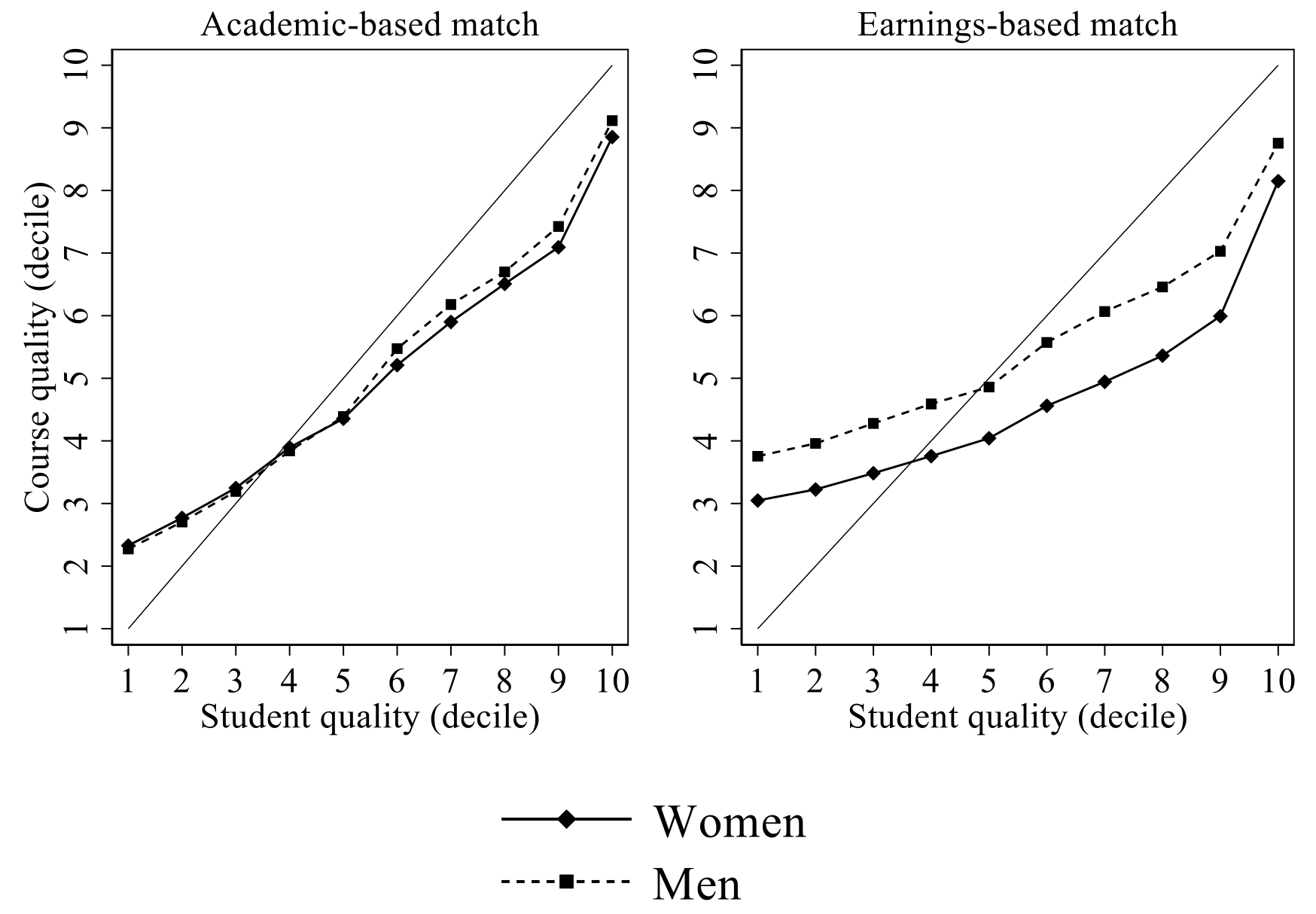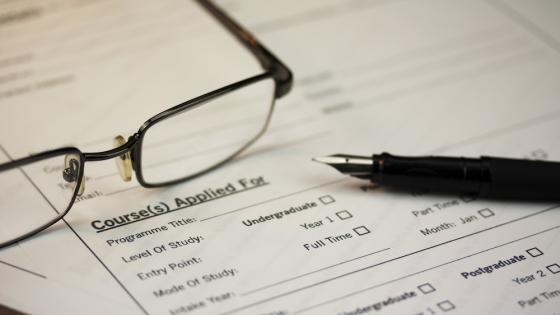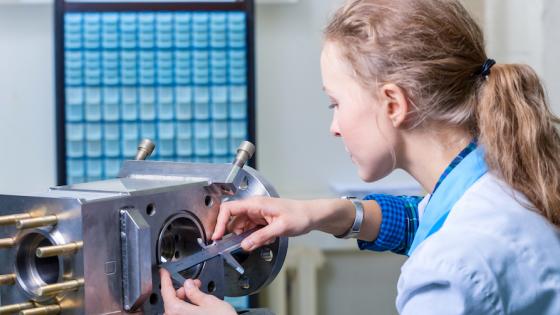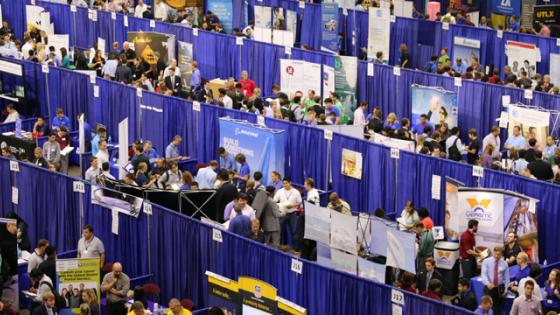Higher education fosters economic growth (Valero and Van Reenen 2016) and can be a powerful tool for social mobility. Many governments have therefore tried to increase the number of young people who attend university, both for individual rewards but also for societal benefits. A substantial amount of research attention has been directed to examining how university participation might be increased, including through easing access to university loans (Carneiro and Heckman 2002, Lochner and Monge-Naranjo 2011, Murphy et al. 2019), providing better information to students (Hoxby and Turner 2015, McGuigan et al. 2016, Dynarski et l., 2021) and improving exam results in school (Avery 2013, Chowdry et al. 2013).
The question of how well ‘matched’ students are to their degrees naturally follows, though this is still an emerging area of research. An efficient higher education system would presumably allocate students to courses which generate the most gains. But in existing systems this does not always happen, and some groups of students are particularly at risk of attending courses below their ability level.
‘Undermatch’ is how researchers refer to the phenomenon of students attending universities or studying for degrees for which they are over-qualified in some way. Students tend to do better if they are well matched to their degrees academically (Arcidiacono and Lovenheim 2016, Dillon and Smith 2020), and society as a whole is therefore also likely to benefit from well-matched students. Undermatch could be a particular concern in countries such as the UK and the US, where there is a substantial degree of variation in the type and quality of different universities and courses available.
Our study
Our paper (Campbell et al. 2021) examines how efficiently different groups of students match to courses in the higher education sector in the UK, with a particular focus on potential inequalities in the system affecting women and students from lower socioeconomic status (SES) backgrounds. We use administrative data from all state schools, universities, and tax authorities in England, and follow an entire cohort of 140,000 students from school to university. We document the extent of mismatch and the types of students that are systematically undermatching.
Research examining the extent of undermatch and the types of students affected has so far mostly come from the US (Hoxby and Avery 2012, Dillon and Smith 2017, Smith et al. 2013, Black et al. 2015). Studies typically compare some measure of student ability to some measure of college quality to determine the quality of match between the two. Student ability is usually measured according to academic achievement, such as the ACT or SAT in the US. Our study uses student performance on their end of high school examinations across different subjects, at age 18.
University quality can be measured by high school test scores of a university’s students (Hoxby and Avery 2012) or based on some composite measure of quality including factors such as SAT scores, rejection rates, faculty salaries, and faculty–student ratios (Dillon and Smith, 2020). We develop measures of university quality that vary at the university-subject area level based on two different factors: first, an input or ‘academic’ measure, based on the prior achievement of the median student on each degree; and second, an outcome or ‘earnings-based’ measure, based on the annual earnings of the median student who graduated from the same degree in an earlier cohort.
The comparison between these measures of student ability and degree quality gives us a quantitative measure of match between students and degrees, although the way match is implemented does vary between studies. Dillon and Smith (2017) define students as undermatched if their ability percentile is more than 20 points below their college quality percentile, while Hoxby and Avery (2012) calculate a mismatch index, defined as the university/course quality percentile minus the student attainment percentile.
Our findings
Almost all studies of this type show that lower SES students are more likely to be undermatched (Dillon and Smith 2017, Hoxby and Avery 2012, Smith et al. 2013), and our results are no different in this respect. We find sizeable SES inequalities in both our academic and income-based measures of match. We build on this by also establishing that in the UK, these SES gaps apply right across the ability distribution, from the lowest to the highest attaining students. These inequalities remain after conditioning on a set of individual demographics and a complete history of prior test scores.
Figure 1 SES match by student achievement
Source: NPD-HESA, HMRC n=138,969.
Notes: The 45-degree line represents perfect matching throughout the achievement distribution. Student quality defined by their age 18 difficulty adjusted exam performance. Course quality is defined by two measures. Academic Quality defined by the course’s median student’s difficulty adjusted exam performance. Potential Earnings Quality defined by the course’s median student’s earnings five years after graduation. All quality measures are converted to percentiles, weighted by student enrolment, from which the deciles are obtained.
In contrast to the large SES gaps in academic match, we find only modest differences in this type of match between men and women: men and women with a given set of qualifications tend to enroll in courses with similar entry standards. However, examining earnings-based match, we find that after accounting for prior test scores and demographics, high-attaining women attend degrees around 8 percentiles lower in potential earnings than men. This gap is the equivalent of £25,800 per year for those degrees at the top of the median earnings distribution.
Figure 2 Gender match by student achievement
Source: NPD-HESA, HMRC n=138,969. Notes: The 45-degree line represents perfect matching throughout the achievement distribution. Student quality defined by their age 18 difficulty adjusted exam performance. Course quality is defined by two measures. Academic Quality defined by the course’s median student’s difficulty adjusted exam performance. Potential Earnings Quality defined by the course’s median student’s earnings five years after graduation. All quality measures are converted to percentiles, weighted by student enrolment, from which the deciles are obtained.
Why do students undermatch?
We put forward an argument that undermatching, or any type of mismatching has to be driven either by market failures (e.g. lack of information or credit constraints), or by student preferences. Given the lack of direct information on underlying preferences (as revealed preferences will also be driven by market failures), we make the strong assumption that there are no student preferences, and that any mismatch must be due to market failures, knowing that this must be an upper bound.
An important potential factor driving market failures is geography, generating both credit and informational constraints. This is particularly important in the US, where distances between homes and colleges can be large. Studies show that students who live far from a selective university, or from in state universities for which they would be well matched, are more likely to undermatch (Hoxby and Avery 2012, Dillon and Smith 2017). In contrast, our research implies that distance to universities does not play a large role in England. When accounting for the location of the student and of potential universities they could attend, controlling for location did little to reduce the SES mismatch gap. Comparing two students in the same area, the lower SES student is still more likely to attend a lower quality degree course.
The role of secondary schools is often considered as another primary driver of mismatch, through peers, teachers, and guidance councillors. Attending a school in which a high proportion of students go on to college typically lowers the rate of undermatch (Hoxby and Avery 2012, Dillon and Smith 2017). We unpack this further and find that in England, the rate of college attendance amongst peers is only associated with reductions in the SES undermatch gap for previously high-achieving students. For low attainers, their mismatch gap tends to be considerably smaller when they attend a secondary school with a high proportion of school peers who are from a higher SES background. Regardless of students’ prior attainment, the secondary attended is very important in terms of mismatch; the extent of mismatch falls by 70–80% when making comparisons only within schools.
In contrast to the SES match gaps, none of gender earnings match gap is reduced by school-level or geographic factors. Instead, the majority of the of the gap can be attributed to the degree subject studied. Of course, women may prefer to study certain subjects that command lower earnings, creating the appearance of mismatch. On the other hand, recent work has shown that the link between gender and field of study is also impacted by market failures. For example, providing students more information about STEM courses can impact their choice of study, in turn closing gender gaps in subject choice (Owen 2020, Shan 2020; Saltiel 2020). Nevertheless, we find even when taking subject preferences into account by considering students choosing to study the same subject, previously high-achieving women continue to undermatch compared to men.
Conclusions
Researchers have found that students are mismatching to university courses. Even though it is impossible to perfectly untangle the role of preferences and market failures, we can say that the best policy response to these inequalities in undermatch would be to ensure the best quality of information is available to school students about different universities and degree subject options.
References
Arcidiacono, P and M Lovenheim (2016), “Affirmative action and the quality-fit trade-off”, Journal of Economic Literature 54(1): 3–51.
Avery, C (2013), “Evaluation of the college possible program: Results from a randomized controlled trial”, NBER Working Paper No. 19562.
Belfield, C, J Britton, F Buscha, L Dearden, M Dickson, L Van Der Erve, L Sibieta, A Vignoles, I Walker, and Y Zhu (2018), "The relative labour market returns to different degrees".
Black, S E, K E Cortes and J A Lincove (2015), “Academic undermatching of high-achieving minority students: Evidence from race-neutral and holistic admissions policies”, American Economic Review 105(5): 604–610.
Campbell, S, L Macmillan, R Murphy and G Wyness (2021), “Matching in the dark? Inequalities in student to degree match”, Journal of Labor Economics, forthcoming.
Carneiro, P and J J Heckman (2002), “The evidence on credit constraints in post‐ secondary schooling”, The Economic Journal 112(482): 705-734.
Chowdry, H, C Crawford, L Dearden, A Goodman, and A Vignoles (2013), “Widening participation in higher education: analysis using linked administrative data”, Journal of the Royal Statistical Society: Series A (Statistics in Society) 176(2): 431-457.
Dillon, E W, and J A Smith (2017), “Determinants of the match between student ability and college quality”, Journal of Labor Economics 35(1): 45-66.
Dillon, E W and J A Smith (2020), “The consequences of academic match between students and colleges”, Journal of Human Resources 55(3): 767-808.
Dynarski, S, C J Libassi, K Michelmore and S Owen (2021), “Closing the gap: The effect of reducing complexity and uncertainty in college pricing on the choices of low-income students”, American Economic Review 111(6): 1721-56.
Hoxby, C M and C Avery (2012), “The Missing “One-offs”: The Hidden Supply of High-Achieving, Low Income Students”, NBER Working Paper No. 18586.
Hoxby, C M and S Turner (2015), “What high-achieving low-income students know about college”, American Economic Review 105(5): 514-17.
Lochner, L J, and A Monge-Naranjo (2011), “The Nature of Credit Constraints and Human Capital”, American Economic Review 101(6): 2487-2529
McGuigan, M, S McNally and G Wyness (2016), “Student awareness of costs and benefits of educational decisions: Effects of an information campaign”, Journal of Human Capital 10(4): 482-519.
McNally, S (2016), “How important is career information and advice?”, IZA World of Labor.
Murphy, R, J Scott-Clayton and G Wyness (2019), “The end of free college in England: Implications for enrolments, equity, and quality”, Economics of Education Review 71: 7-22.
Owen, S (2020), “College Field Specialization and Beliefs about Relative Performance”, unpublished manuscript, University of Michigan Department of Economics and Ford School of Public Policy.
Saltiel, F (2019), “What’s math got to do with it? multidimensional ability and the gender gap in stem”, in 2019 Meeting Papers (Vol. 1201), Society for Economic Dynamics.
Shan, X (2020), “Does minority status drive women out of male-dominated fields”, unpublished manuscript.
Smith, J, M Pender, and H Howell (2013), “The full extent of student-college academic undermatch”, Economics of Education Review 32: 247-261.
Valero, A and J Van Reenen (2016), “How universities boost economic growth”, VoxEU.org, 10 November.





